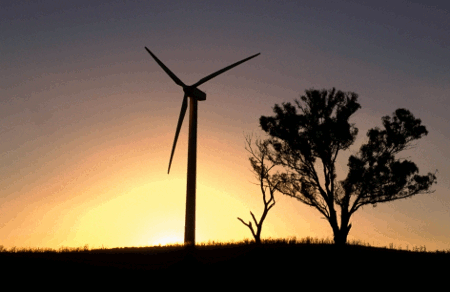
|
Published: 26 September 2011
Award recognises innovative use of maths and stats
CSIRO Ecosystem Science's Dr Tara Martin has won Queensland's Outstanding Woman in Technology 2011 Biotech Research Award. The award recognises Dr Martin’s achievements in developing new approaches to analysing ecological data using statistical and mathematical modelling.

|
|
Dr Tara Martin (centre) with Outstanding Woman in Technology 2011 Biotech Research Award finalists Dr Norelle Daly (left) and Dr Annette Dexter (right). Credit: © Tim Miller
|
By developing skills in ecological modelling, mathematics, statistics and more recently methods from artificial intelligence, Dr Martin has been able to determine how to recover endangered species, manage invasive species or design protected area networks.
She is a pioneer in the development of optimal conservation resource allocation – the integration of ecological science with decision theory in order to determine practical outcomes such as what actions to take when and where.
Her research on impacts of livestock grazing and deer browsing on native bird populations has led to a revision of grazing land management guidelines here in Australia, and Parks Canada is in the process of reviewing its deer management procedures.
Recently the Western Australian Government announced a $61 million investment in conservation management activities based on recommendations outlined in a report that Dr Martin co-authored with another CSIRO researcher, Dr Josie Carwardine.
In 2006, Dr Martin was awarded the Natural Sciences and Engineering Research Council's Post-doctoral Fellowship at the University of British Columbia. In addition to her work as a CSIRO senior research scientist, Dr Martin is Adjunct Lecturer at the University of Queensland and Adjunct Professor at the University of British Columbia.
Dr Martin’s research features in a recent ECOS article Moving on: Relocating species in response to climate change
To find out more about her work, see Dr Tara Martin: making good ecological predications and conservation decisions
Source: CSIRO



